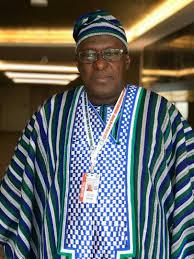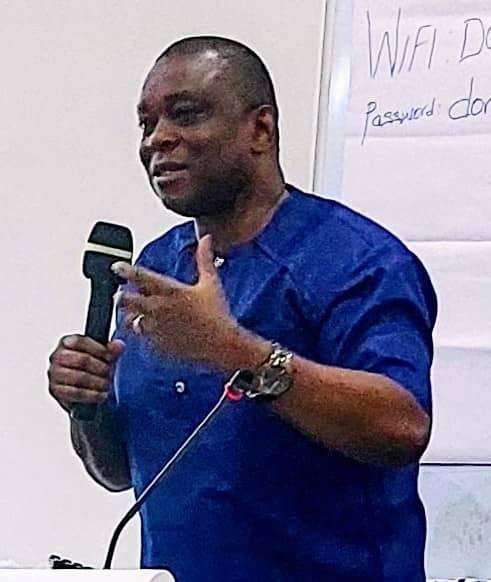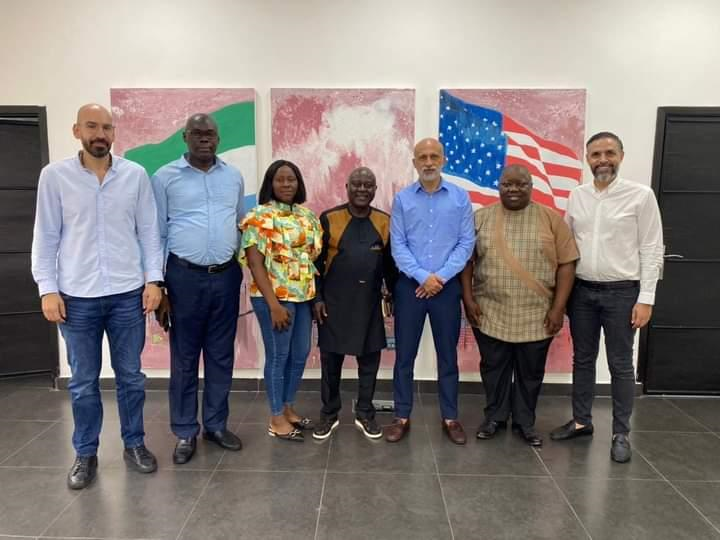Koroma’s approach on macro economic stability
President Koroma rose to power at a time the whole world was reeling under economic pressure in a meltdown, worse described as credit crunch.
The global economies suffered stagnation with little left to wonder as to what it would become of least developed countries like Sierra Leone, in the world, that are donor-driven, to rise from the wrench of poverty.
President Ahmad Tejan Kabba rested the country’s GDP in a stable 5.5 percent to his exit in 2007, and the macro-economic level trickled down from the said 5.5% stability in 2008 to 4.0% in 2009 under President Koroma’s leadership. He recently announced through his Minister of Finance, Dr. Samura Kamara a rise in the level of the country’s GDP by 2% above the Sub-Sahara Africa’s average growth. The rise is said to have much cushioned the country’s economic level to a standing 6% of a national Gross Domestic Product (GDP).
Inflation has had its male-front effect on the legal tender, the ‘Leone’ (Le), but first, we saw a resizing of bank notes approach by the central bank, which coincides with lots of thoughts for an inker of valuation to the country’s currency fall level. This contributed, on the other hand, a separate stalemate with the shortage of cash pitfalls in the market. Stability was keyword supposed by the opposition to be one way of maintaining the level of hike of prices of basic commodities, vis a vis fuel, oil, food stuff etc. As a separate suggestion on how to cushion the effect of global financial crisis further, a reduction on tax tariffs and subsidies on fuel and imported freights was made by the court of public opinion.
President Koroma’s administration was critisised in different quarters of being highhanded with its taxation policies. The country’s giant income cradler, the National Revenue Authority (NRA) sounded robust synergies in their revenue collection drives. They introduced the Goods and Services Tax (GST) in the early quarter of January, 2010, which replaces seven classes of tax in the recent past and upheld the drain to a scale of bumper revenue proceeds amounting to Le, 98.5 billion in the first quarter of 2010. The revenue collection giants, NRA, scaled it level of proficiency with a modern system to adopt the novelty of an Automated System of Custom Data (ASYCUDA), and a tax payer identity numbers –a system that helped to tackle the frequent tax evasion by members of the public and their subsequent tax avoidance. Such reforms in the tax collection drive enabled the government to increase Sierra Leone’s revenue collection effort to 11.7% of GDP in 2009 with a 12.4% target of revenue collection effort in 2011.
Now, the Koroma led administration is boasting to have waded its public debt and are developing a comprehensive national debt law that would manage a framework for the public sector to borrow at all levels of government to provide a clear approach to effective public debt management practices.
On top of Koroma’s strides on the fall of Sierra Leone’s economy, the international community gained interest despite the global economic downturn. The Official Development Assistance (ODA) increased its support to Sierra Leone with a sum of US$376 million in 2009 from US$347 million in 2007. The multi-donor budget support amounted to US$43.6 million and US$87.5 million in 2008 and 2009 respectively, compared to US$42 million in 2007.
It will interest you to read next in this column, a thoroughfare of President Koroma’s macro-economic ideas. What I’m trying to do is to compare the economic models of other African countries to the brains of economics we have in Sierra Leone.
Keep sight in this column.
Koroma’s Diary: With Abu Bakarr Sulaiman Tarawally
Stay with Sierra Express Media, for your trusted place in news!
© 2012, https:. All rights reserved.





